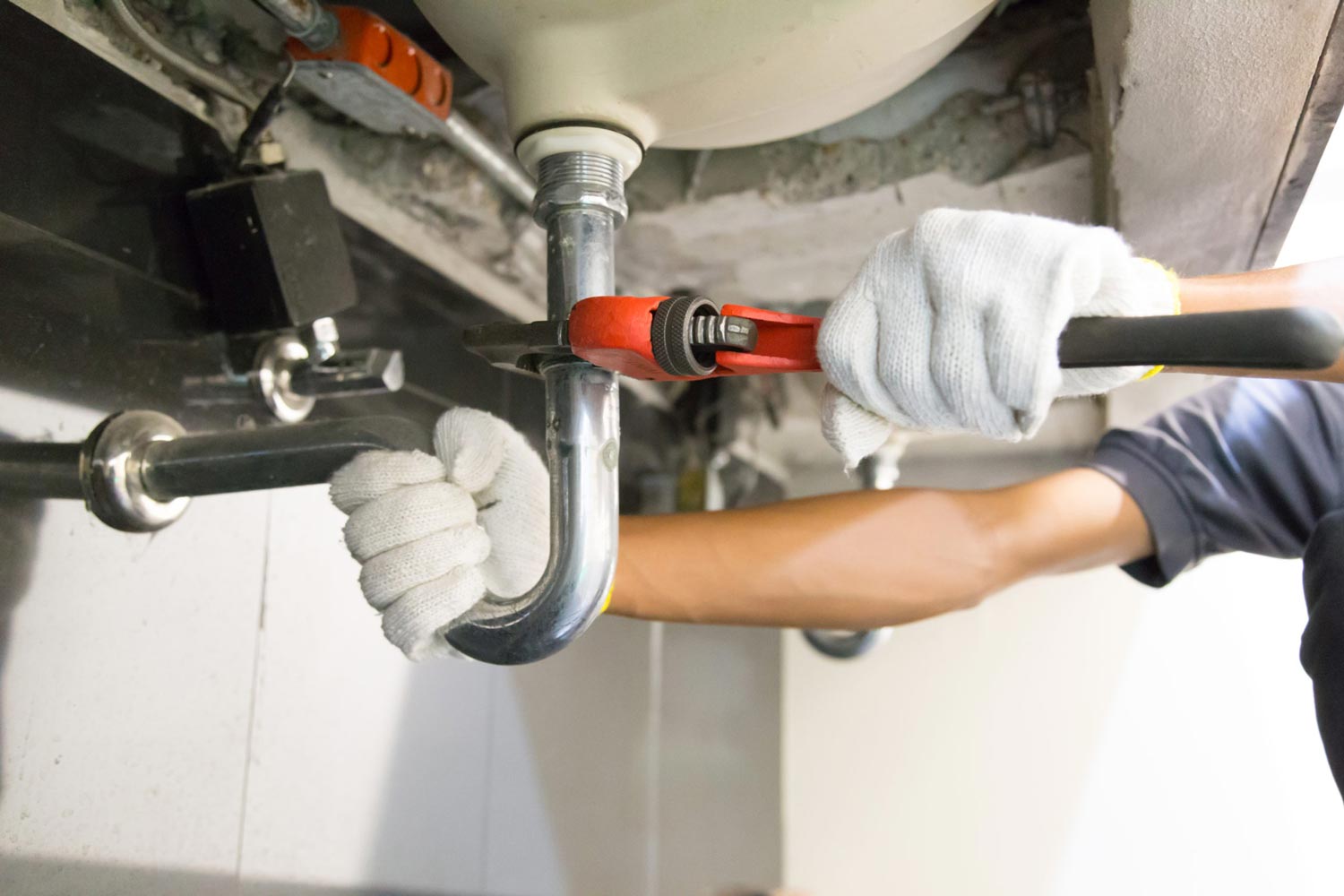Plumbing, the vital system behind the scenes in every building, ensures the seamless flow of water and waste, safeguarding health and comfort. The three main types of plumbing systems – Piping Systems, Drain-Waste-Vent (DWV) Systems, and Water Supply Systems – work together to provide clean water and remove waste and water efficiently. This article offers an insight into these three fundamental plumbing types, their importance, and maintenance.
Piping Systems
Piping systems comprise the intricate networks of pipes that carry water, gas, and other fluids within buildings. These systems utilize materials like copper, PVC, or PEX, selected for durability and performance. The pipes may carry fresh water to faucets or convey waste away from buildings. Maintenance involves regular checks for leaks, blockages, and other issues to ensure the uninterrupted flow of fluids and prevent damage.
Drain-Waste-Vent (DWV) System
The Drain-Waste-Vent system forms a critical component of plumbing infrastructure. It removes waste water and materials from buildings, ensuring the environment remains hygienic and odour-free. This system integrates several features, including traps, drains, and vents, which work collectively to safely expel waste and sewer gases while allowing fresh air into the plumbing system. Common problems within the DWV system include clogs and blockages, often resolved with professional cleaning services. Regular maintenance, like timely drain cleaning, can forestall many issues, maintaining the system’s efficiency.
Water Supply System
Water Supply Systems ensure the continuous supply of clean, potable water to residential, commercial, and industrial buildings. This network comprises water sources, pipes, and treatment facilities working together to deliver fresh water for drinking, cleaning, and other purposes. Water can be sourced from rivers, lakes, or underground wells and is treated to meet safety standards. Ensuring a reliable water supply system involves routine checks for contaminants and promptly addressing issues like pipe leaks or breaks.
Storm Water and Sewage System
Storm Water and Sewage Systems are crucial in managing rainwater and waste, preventing flooding and environmental contamination. These systems include sewers, drains, and related infrastructure to transport stormwater and sewage from populated areas to appropriate treatment or disposal sites. Effective functioning is crucial to avoid waterborne diseases, flooding, and other related problems. Common issues include blockages and overflows, often mitigated with regular inspection and cleaning.
Conclusion
The three central plumbing types – Piping Systems, DWV Systems, and Water Supply Systems – are indispensable in maintaining hygiene, ensuring water supply, and managing waste and stormwater. Understanding their functions and components allows for effective maintenance, ensuring longevity and reliability in serving residential and commercial needs. An efficient and well-maintained plumbing system contributes significantly to public health, environmental sustainability, and overall quality of life.
By acknowledging the importance of each system and actively ensuring their proper care and maintenance, individuals and communities can enjoy the benefits of clean water and efficient waste management, fostering a healthier and more sustainable living environment.
This post was written by Allan
October 2, 2023
Back to Blogs

